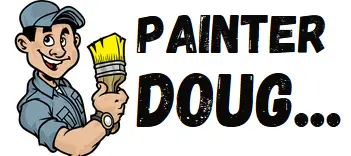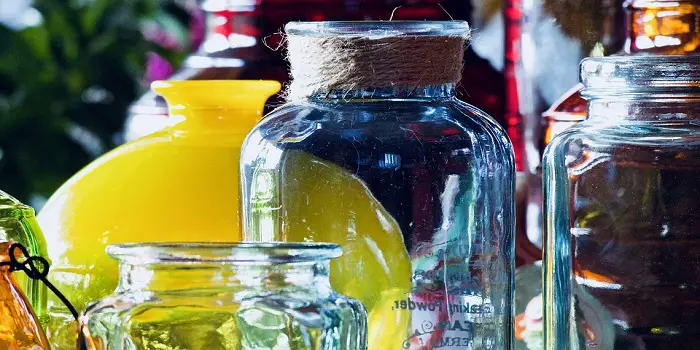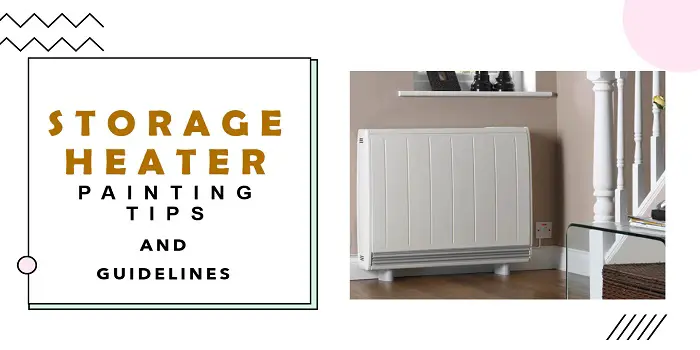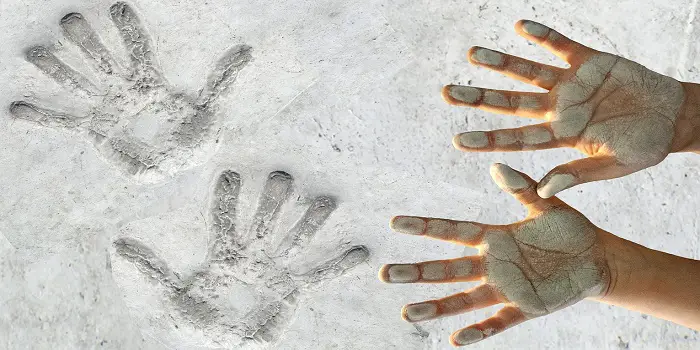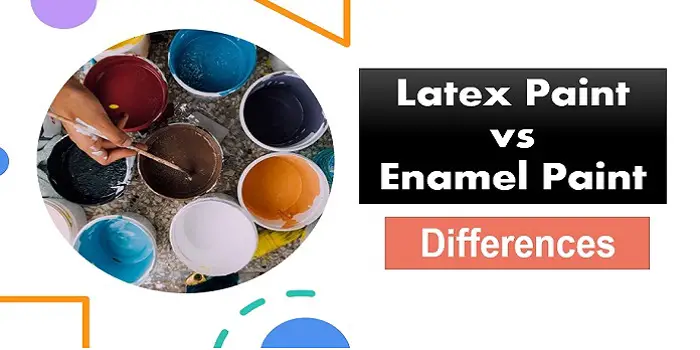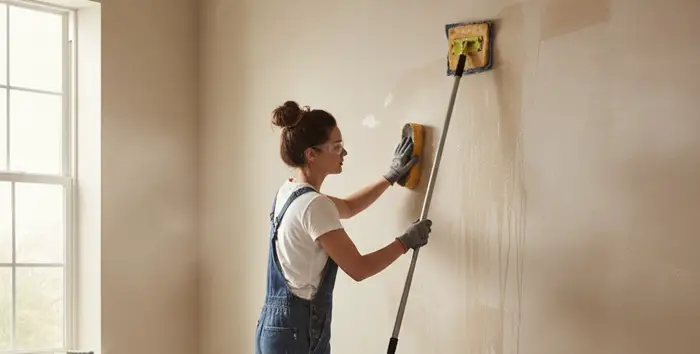
Sugar soap is a go-to cleaner for various household cleaning jobs for homeowners these days.
It’s made of sodium carbonate or sodium hydroxide, which are water-soluble and will help break down dirt, grime, and grease from surfaces such as walls, plaster, concrete, plastic, laminates, wood, and even paintwork.
Sugar soap is available in a concentrated liquid form or as a dried powder. The powder is slightly cheaper and ideal for cleaning larger areas such as walls for preparing them before you paint.
But what if you don’t have any at hand when you need it urgently?
A suitable sugar soap substitute may be just the thing.
If you’re looking for homemade natural solutions, you can discover a few sugar soap alternatives below.
What's Here in the Article:
Top Alternatives to Sugar Soap for Wall Prepping
Selleys Original Sugar Soap has been classified as a non-hazardous cleaner that comes without the harshness of stronger chemical cleaners.
The term sugar soap actually came from the granulated sugar-like substance, which is what the powdered version of sugar soap cleaner looks like.
However, despite its natural-sounding name, the cleaner does have some chemicals.
For this reason, many people look for a more natural homemade cleaner version for their walls that can do the same job without actually using chemicals in their homes.
So, here are a few DIY options you can try instead of sugar soap…
1- White Vinegar
Vinegar is a versatile degreaser and an exceptional DIY substitute for sugar soap in the kitchen.
Diluted white vinegar (1:1 vinegar to water ratio) or a combination of white vinegar and baking soda may be used for more concentrated action.
Wipe the walls using a non-abrasive sponge, paying particular attention to the stubborn grease stains.
Keep in mind that although white vinegar may clean dirt and grime off of surfaces, it may not be the best solution for removing old smoke marks.
2- Washing Soda
Another best sugar soap substitute is unquestionably washing soda.
It’s a natural and ecologically responsible product that can clean even the most tenacious grease and grime from surfaces.
To clean the walls or panels, combine one cup of washing soda with one liter of water and use a soft sponge or cloth to wipe them down.
Remember that when working with washing soda (concentrated or diluted), you must always wear rubber gloves.
The substance is highly alkaline, which means it can burn your skin if mixed with acids.
You should also avoid combining washing soda with other cleaners or acids because doing so can result in severe burns.
3- Baking Soda Water Paste
Another alternative to sugar soap is baking soda – it’s not as harsh as washing soda and is a better option if you have little kids or pets.
Mix half a cup of baking soda in a pail of warm water to clean the dirt, grime, and smoke off the walls.
Clean the walls thoroughly, then rinse them with clean water to remove all traces of baking soda.
Make a thick paste of baking soda and water if you have any stubborn stains left. And using a sponge, scrub the surface to remove tough stains.
Once you have cleaned the surface, wipe them with a clean towel and allow them to dry completely for a few hours before using them.
4- Liquid Dish Soap
Your regular dishwashing liquid can also double as a sugar soap alternative to clean walls before painting if you do not have the sugar soap at home available.
Fill a clean bucket with warm water and add half a cup of liquid dish soap to it.
Stir the water to create suds, and then use a sponge or brush to apply the solution to the wall.
Rub the wall in a circular motion to clean it, and then rinse the suds off with clean water.
5- Soap Flakes
Soap flake is a decent all-around cleanser, and several choices are available.
But I think Castile soap flakes are probably the finest if you want a vegan-friendly option.
While soap flakes and detergents work well, most of them leave residues behind.
So, ensure you rinse the walls after using any soap flakes to ensure they’re as clean as possible.
If you do not rinse properly and wish to paint over it, this residue might prevent new paint from sticking to the wall.
6- Mayonnaise
Mayonnaise is an emulsion of oil, egg yolk, and an acid, either vinegar or lemon juice.
And I bet not many of you know that it can be used as a powerful cleaner for your households.
Due to its greasy nature, mayonnaise can quickly break down and remove grease, grime, and stubborn stains.
It can also help clear all the crayon marks your kids might have drawn on the wall.
Apply a thick layer of regular mayonnaise on the stained surface and let it sit for 10-15 minutes.
After that, wipe it off with a clean towel or sponge.
You will see all the dirt and grime coming off with it. Wash the area with clean water to remove all traces of mayonnaise.
If you wish to repaint your walls, you may need to use some baking soda or white vinegar to get rid of all the grease and oil of mayo.
7- Lime Juice and Salt
Lime juice is another versatile cleaning agent that can be used instead of sugar soap to clean and leave your house sparkling and spotless.
The acidic nature of lime juice helps loosen and remove all the grime and stubborn stains within minutes.
It helps clean the walls and floors and your microwave, fridge, dishwasher, furniture, drains, faucets, counters, and utensils.
You can use several recipes to make the cleaner of your choice with lemon juice based on the surface you are cleaning.
Generally, you can mix one part lime juice with one part salt to form a paste.
Apply the paste to the affected area and let it sit for a while before scrubbing with a brush. Rinse it off with warm water, and your surface will be clean as new.
8- Olive Oil and Lemon Juice
If you don’t have anything else on hand, olive oil is another ingredient that can help clean your wood-paneled walls very well.
Experts at cleanipedia.com suggest mixing ¼ cup of olive oil, three tablespoons of white vinegar, and five cups of water to prepare the cleaning mixture.
Once you have made the mixture, soak a clean cloth and use it to wipe your walls. This should give you great results without needing much elbow and grease.
9- Essential Oil Recipes
You may have already used essential oils to make your home smell great, but did you know they can also be used as potent cleaning agents?
Several recipes are available online that can be used in different combinations.
You can prepare the solution yourself or buy a readymade one from online stores.
For removing mold and killing its spores, oils such as tea tree essential oil are great because of their antifungal and antibacterial properties.
Place two teaspoons of tea tree essential oil in a cup of water. Apply the solution as a spray to the mold-infested sections.
Allow 10-15 minutes before wiping away. Clean your walls with vinegar or baking soda now that the mold has been removed.
Not only do essential oils cleanse surfaces and purify the air, but their pleasant aroma will make your home feel refreshed for a long.
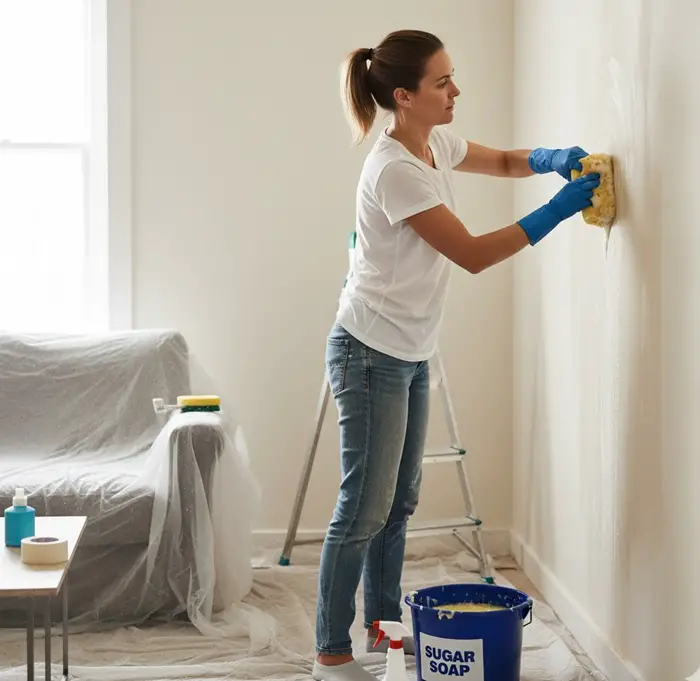
Why You Might Want Natural Alternatives to Sugar Soap for Cleaning?
Sugar soap sounds so innocent, doesn’t it?
You’d think it’s something sweet and harmless, maybe even edible. But don’t be fooled by the name — there’s not a single grain of sugar in it.
Typically, sugar soap is made up of sodium carbonate, sodium phosphate, and sometimes sodium silicate — a trio that works brilliantly as a degreaser and a mild abrasive.
Great for scrubbing walls before painting, not so great for your hands or delicate surfaces.
Now, sugar soaps like Dr Bronner’s Organic aren’t a villain. It’s actually much safer than many industrial cleaners out there — non-corrosive and effective. But it’s not all sunshine either.
These chemicals can strip moisture from your skin, leaving it dry, cracked, and begging for mercy (hence the rubber gloves suggestion).
And if you get a bit too enthusiastic and use it on unsealed wood or soft metals, it can do more harm than good.
So, while sugar soap certainly gets the job done, natural alternatives are worth considering — especially if you prefer your cleaning routine without the side of chemical drama.
Gentle, eco-friendly options like vinegar, baking soda, or castile soap can deliver the same spotless results without turning your cleaning session into a lab experiment.
Plus, they smell fresher, cost less, and leave your conscience — and your hands — squeaky clean.
Are Natural Alternatives Cheaper – What to Look for When Choosing One for Cleanup
Let’s be honest — part of the appeal of going “natural” isn’t just saving the planet; it’s saving your wallet too.
The good news is that most natural cleaners are made from pantry staples like vinegar, baking soda, or lemon juice — all of which cost far less than branded sugar soap or fancy pre-paint prep solutions.
You can make a whole bottle of effective cleaner for the price of one takeaway coffee.
But cheap shouldn’t mean careless. When choosing a natural alternative, consider three things:
- Surface safety: Avoid acidic cleaners like vinegar on marble or stone.
- Cleaning strength: For greasy walls before painting, pair a degreaser (like vinegar or castile soap) with a mild abrasive (like baking soda).
- Residue-free finish: Rinse well — leftover cleaner can affect how paint adheres.
So yes, natural alternatives can be kinder to your budget if you’re into furniture upcycling or wall prepping — as long as you pick the right combo for the job.
But sugar soap still deserves a spot in your toolkit for those heavy-duty restoration or repainting projects.
Safety Tips for Natural Cleaning and Paint Prep
Just because it’s “natural” doesn’t mean it’s automatically harmless — lava and poison ivy are natural too, right?
The same goes for DIY cleaners. Natural ingredients can still cause irritation or damage if mixed or used the wrong way.
So before you go full-on eco-warrior with your spray bottle, keep these basics in mind:
- Never mix vinegar and bleach. It creates toxic fumes — the opposite of fresh air.
- Test before you trust. Always do a small patch test on painted walls, wood, or metals.
- Label your mixes. A mystery jar under the sink isn’t a fun guessing game.
- Use gloves anyway. Even lemon juice or baking soda can dry out your skin with repeated use.
- Ventilation matters. Natural or not, cleaning in a stuffy room isn’t healthy.
A little mindfulness goes a long way — clean smart, stay safe, and your “green” routine will actually feel fresh, not hazardous.
Final Thoughts
Sugar soap is a fantastic non-toxic cleaner that can be used on a wide variety of surfaces without causing any damage.
But if you don’t have any sugar soap on hand, don’t worry. Many other all-natural and effective alternatives can be used instead of sugar soap.
So, the next time you run out of sugar soap, don’t hesitate to try one of these substitutes. And I bet you will be surprised at how well they work.
Share the post "9 Sugar Soap Alternatives to Prep Walls Before Painting"
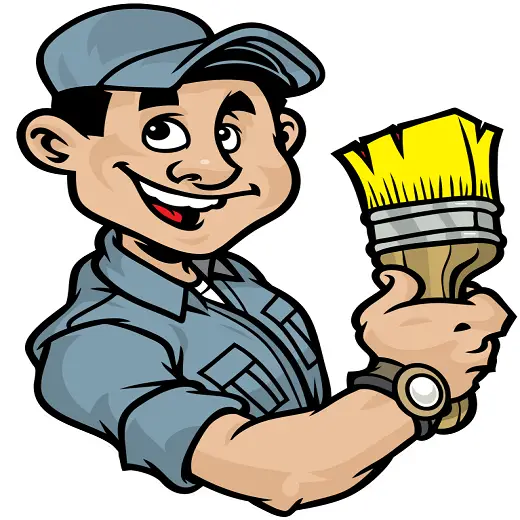
Douglas Becker (aka Painter Doug) has over twenty years of experience as a painter in Adkins, Texas. At present, he resides in Florida with his family.
From painting multi-storeyed houses, condos, and apartments to large commercial buildings and small offices, he had served various customers in areas not only in Adkins but also in Southwest Florida, Sarasota, Naples, and many more. To know more about him check here.
